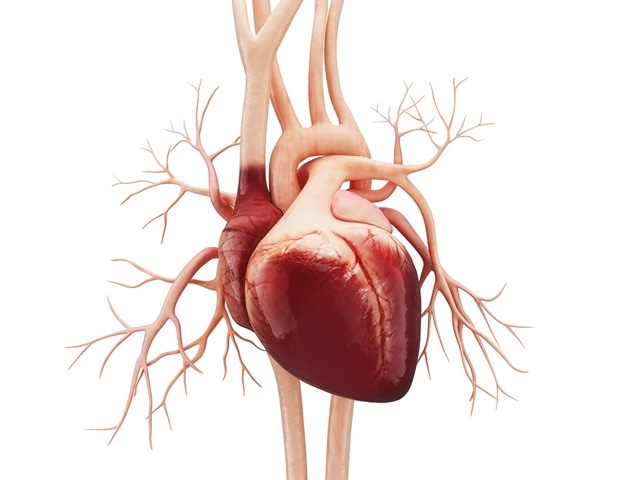
A new study by researchers at Intermountain Health in Salt Lake City finds that 40 percent of newly diagnosed heart failure patients also have atrial fibrillation – a combination of cardiac disorders that researchers found results in significantly poorer outcomes for patients.
Findings from the Intermountain Health study demonstrate the need for physicians to screen newly diagnosed heart failure patients for atrial fibrillation to ensure patients are getting the best care possible, researchers said.
Atrial fibrillation can make heart failure much more problematic, and more complex to treat. Given these findings, screening in heart failure patients for atrial fibrillation should be ongoing, which may lead to more aggressive therapy for those who have both conditions.”
Heidi T. May, PhD, principal investigator of the study and cardiovascular epidemiologist at Intermountain Health
In the study, Intermountain researchers also found that patients with both conditions tended to have poorer outcomes, especially if they have the type of heart failure where the heart no longer pumps blood efficiently.
Results from the Intermountain study will be presented at 2024 American Heart Association Internation Scientific Sessions in Chicago for peer review on Monday, November 18, 2024.
Atrial fibrillation is a heart condition that causes the upper chambers of the heart to beat irregularly and often rapidly. With atrial fibrillation, the heart’s electrical system doesn’t work as it should. Instead of a steady, regular pattern of electrical impulses firing, many different impulses fire rapidly at the same time causing a chaotic irregular rhythm of the heart.
While the conditions are known to co-exist, how often they overlap, and how the dual diagnosis affects health and prognosis of patients, has been less known.
For the Intermountain study, researchers reviewed the electronic health records of 21,925 patients with new-onset heart failure treated at Intermountain Healthcare between 2009 and 2019.
These patients also had to have a one year follow up on their charts, no history of cancer, and an ejection fraction measurement, which shows how well the heart’s lower left chamber pumps blood, measured within 30 days of heart failure diagnosis.
Patients with ejection fraction under 40% were categorized as heart failure with reduced ejection fraction (HFrEF) and those with an ejection fraction 40 or greater as heart failure with preserved ejection fraction (HFpEF).
They found 7,931 (36%) patients with HFrEF and 13,994 (64%) with HFpEF in their study group, with HFpEF patients on average older (74 vs. 65 years) and more often female (53.7% vs. 33.1%).
In the study, atrial fibrillation was present in 40% of all newly diagnosed heart failure patients. Patients with both heart failure and atrial fibrillation had an increased risk of death and a subsequent heart failure hospitalization when compared to patients who had heart failure and no atrial fibrillation.
When evaluating patients with both heart failure and atrial fibrillation, the risk of mortality by heart failure type (HFrEF and HFpEF) was the same, but patients with HFrEF were more likely to be hospitalized for heart failure compared to those with HFpEF.
While most physicians may also screen newly diagnosed heart failure patients for atrial fibrillation, Dr. May said these findings support making sure that such screenings happen regularly in patients, and that physicians should be “extra diligent because patients with both may require a more aggressive treatment regimen to preserve their quality of life,” she said.
Dr. May and other researchers at Intermountain Health are now working to create a randomized clinical trial for what is the best treatment for patients with both heart failure and atrial fibrillation, especially with new heart failure drugs being available.




